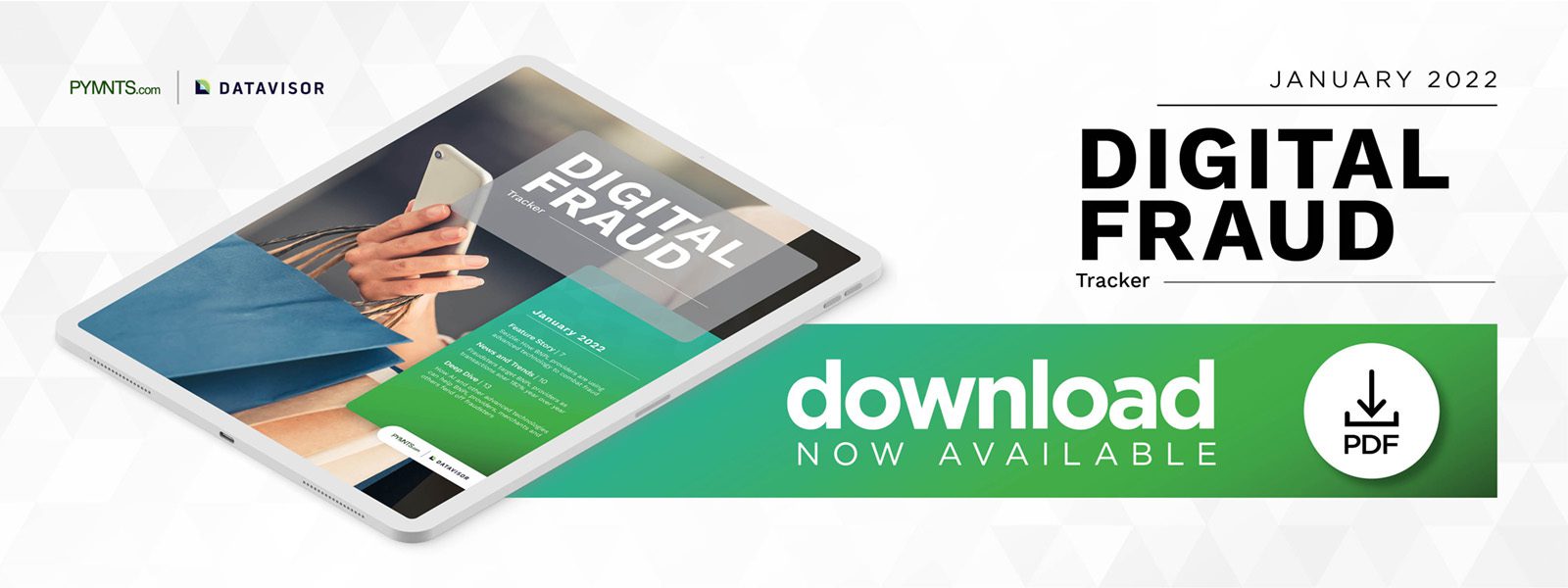Sezzle on Using AI, ML Tools to Remove Fraud From the BNPL Equation

Letting advanced algorithms to take the lead on security can keep fraud from derailing the BNPL experience. In the Digital Fraud Tracker, Sezzle CEO Charlie Youakim explains how BNPL providers can use artificial intelligence and machine learning to keep their platforms airtight without holding legitimate customers back.
BNPL’s emergence within the broader payments market began just years ago, but the payment method has gained significant traction. Forecasts show that the number of United States buy now, pay later (BNPL) users rose an impressive 81.2% year over year in 2021. BNPL’s rapid growth can be attributed to widespread adoption by merchants and consumers’ enthusiasm for its typically interest-free installment plans, which many see as a way to build credit.
Offering BNPL at checkout can lead consumers to alter their purchasing behaviors, giving them opportunities to shop for products that otherwise might be out of their price range, Charlie Youakim, co-founder and CEO of BNPL provider Sezzle, recently told PYMNTS.
“A consumer might have been shopping and seeing a product on your website and saying, ‘I love that product. But I’m going to budget for it. I’m going to think about buying that in a few weeks,’” said Youakim. “[With BNPL], merchants saw customers [changing] their behavior, seeing that they could buy it today with automated budgeting through the tool. They would actually make that purchase decision today.”
Millions of shoppers leverage BNPL plans each day, meaning merchants cannot afford to forgo BNPL adoption and risk losing substantial revenues. However, as demand for these plans increases and more merchants offer them, another party is beginning to take interest: fraudsters. BNPL providers will need to empower merchants to offer these payment methods without putting consumers’ personal details at risk to halt the uptick in fraud BNPL platforms are facing.
Fraud: A Major Concern for BNPL Providers
BNPL’s popularity across digital channels can make the payment method an enticing target for fraudsters. Bad actors are targeting BNPL platforms using account takeovers (ATOs) and synthetic identities, and providers’ pared-back application processes can give cybercriminals more opportunities to bypass authentication methods. The stakes are high for retailers: PYMNTS’ data shows that 65% of consumers are likely to terminate their relationships with a merchant after a single instance of data theft or payment fraud.
Youakim explained that some of these increased risks are simply a natural part of the digital growth process. He noted that BNPL providers must focus on ensuring legitimate customers are signing up for services, pointing to advanced technologies as a key part of the solution.
“Fraud is always an issue for payment systems online,” he said. “[Platforms] are always looking for ways to solve it because the bad actors are always there, so a key topic for us is focusing on fraud prevention. Because if you get the synthetic identities out of the way and get real people into the system, [it reduces fraud risks]. So that’s why we have a big focus on fraud, and the systems and everything we do around that, which includes machine learning.”
Fraud prevention is crucial to obtaining new customers and maintaining healthy relationships with existing ones. More than 48% of consumers have greater data security and fraud concerns now than before the pandemic began, in fact. Many BNPL providers and merchants they serve now are harnessing the powers of advanced fraud prevention tools and software, such as artificial intelligence (AI) and machine learning (ML), to enhance the customer experience by reducing fraud risks without adding friction.
“Machine learning programs have basically evolved over time,” Youakim said. “Deep learning neural networks … start to come up with algorithms that [drive themselves]. And the trade-off is you lose a little bit of knowledge about the key indicators, like the key [fraud] scoring mechanisms. But the results speak for themselves.”
The Opportunity in Offering Secure BNPL Plans
BNPL providers and merchants have a good reason to offer robustly safeguarded installment payment plans. BNPL adoption is expected to increase from 45.1 million users in 2020 to 76.6 million by 2025. Consumers from all generations are drawn to the payment method, and Youakim explained that the upward trajectory of BNPL adoption and its repeated usage among consumers underscores its growing significance.
“I think [BNPL] definitely enhances the experience because customers love it,” he said. “If you don’t have buy now, pay later on your website today or in your retail store, I think you’re really hurting your chances of the sale because customers are expecting it.”
BNPL plans’ growing appeal across sectors is undeniable, and merchants eager not to fall behind competitors would be wise to adopt this payment method. Keeping BNPL options simultaneously convenient and secure, however, will require an upfront investment in fraud prevention tools such as AI and ML.
BNPL providers stand to gain a lot from this investment in fraud prevention. As more and more lenders and payment companies launch BNPL solutions, offering a secure and fraud-proof product can act as a differentiator and ultimately serve as a competitive advantage for the most forward-looking BNPL players.
